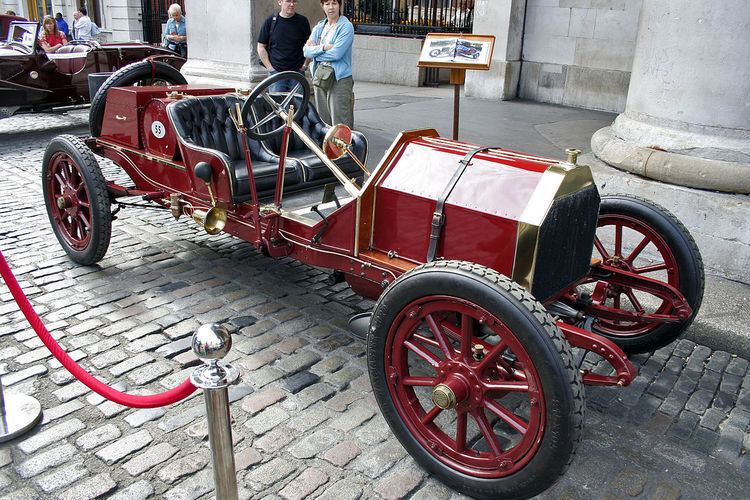Production 1910 | ||
 | ||
Engine 3,460 cc Tipo 55 I4 (petrol) | ||
The Lancia 20 HP (Tipo 55), later renamed Lancia Gamma, is a passenger car produced by the Italian car manufacturer Lancia during 1910. It was derived from a previous Beta model, now equipped with a bigger engine. In total, 258 units were built. In 1911, the type was superseded by the larger-engined and more powerful Lancia 20-30 HP Delta.
The Delta was built with two wheelbases, normal and short. The latter was destined for competition-oriented Corsa models, to be bodied as open two- or three-seaters.
Specifications
The engine was a Tipo 55 side valve inline-four, with cast-iron monobloc engine. Bore and stroke measured 100 mm × 110 mm (3.9 in × 4.3 in), for a total displacement of 3460 cc. The engine produced 40 hp at 1500 rpm, giving the car a top speed of 110 kilometres per hour (68 mph)—the same as the six-cylinder Dialfa of two years earlier.
The transmission was a 4-speed gearbox with a multi-plate wet clutch. The separate body was built on a conventional ladder frame; fore and aft there were solid axles, on semi-elliptic springs at the front and three-quarter elliptic springs at the rear. Braking was by drums on the transmission and on the rear wheels.
